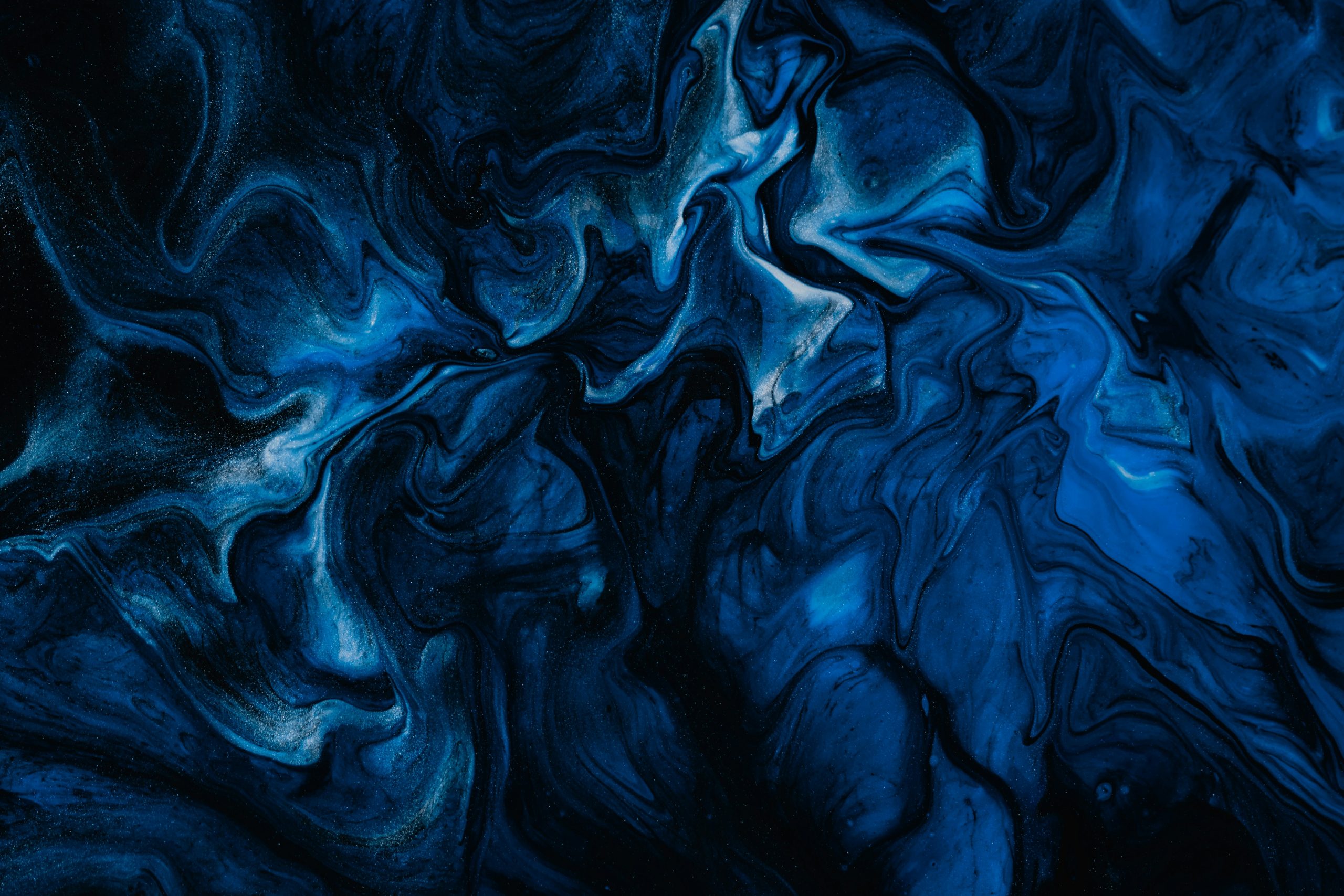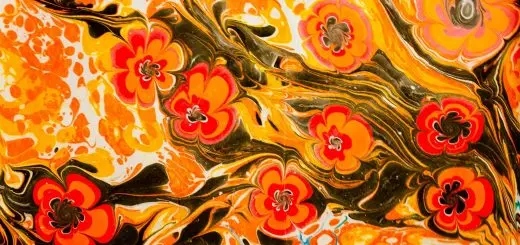Angels and Demons: Differences and Similarities

Looking for more amazing products? Check out our online store and explore our collection here! Happy shopping!
Before diving in, please note: This post is for informational purposes only. If you’d like to know more about how we approach topics, feel free to check out our friendly Disclaimer Page.
Hey there, amazing readers! 
We’re committed to delivering quality posts, and your support (even just sticking around despite the ads) means everything to us. So, bear with us, and thanks for helping us keep the good vibes rolling. Now, on to the fun stuff!
TRANSLATE BUTTON AT THE END OF THE ARTICLE
Introduction
The concepts of angels and demons are prevalent in many religions and mythologies worldwide.
These celestial and infernal beings often embody the forces of good and evil, respectively.
This article explores the differences and similarities between angels and demons, examining their roles, origins, characteristics, and depictions across various cultures and belief systems.
Origins and Roles
Angels
Origins
Christianity: Angels are created by God as spiritual beings to serve as messengers, protectors, and warriors.
They are often considered intermediaries between God and humans.
Islam: Known as “Malaikah,” angels in Islam are also created by Allah from light.
They are obedient servants who carry out Allah’s commands without free will.
Judaism: Angels are seen as messengers of God, created to perform specific tasks and missions on behalf of the divine.
Roles
Messengers: Angels frequently act as divine messengers, conveying God’s will to humans.
Examples include the Archangel Gabriel announcing the birth of Jesus.
Protectors: Guardian angels are believed to watch over and protect individuals from harm.
Warriors: Archangels like Michael are depicted as warriors fighting against the forces of evil.
Demons
Origins
Christianity: Demons are often believed to be fallen angels who rebelled against God under the leadership of Lucifer.
They were cast out of heaven and now oppose God’s will.
Islam: Known as “Jinn,” demons in Islam are created from smokeless fire and possess free will.
Some jinn are good, while others are evil.
Judaism: Demons, or “shedim,” are malevolent spirits that can harm humans.
They are less central in Jewish theology compared to angels.
Roles
Tempters: Demons are often portrayed as tempters, leading humans away from righteousness and toward sin.
Tormentors: In various religious texts, demons are depicted as tormenting humans and causing physical and spiritual suffering.
Opponents of Good: Demons work against the divine order, seeking to undermine God’s plans and spread chaos.
Characteristics
Angels
Positive Attributes
Benevolence: Angels are generally seen as benevolent beings who work for the good of humanity.
Obedience: They are obedient to God’s will and carry out their duties without question.
Purity: Angels are often depicted as pure, radiant beings associated with light and holiness.
Powers and Abilities
Healing: Angels are believed to possess healing powers, providing physical and spiritual aid to humans.
Protection: They protect individuals from harm, both physical and spiritual.
Guidance: Angels offer guidance and support, helping individuals make righteous decisions.
Demons
Negative Attributes
Malevolence: Demons are typically seen as malevolent entities that seek to harm humans.
Deception: They are known for their deceitful nature, leading people into sin and error.
Connect with Angels, Guides, and Master Teachers – begin here.

Defiance: Demons are often depicted as defiant beings who oppose divine authority.
Powers and Abilities
Possession: Demons are believed to have the power to possess humans, causing them to act against their will.
Temptation: They tempt individuals to commit sinful acts and turn away from righteousness.
Destruction: Demons seek to cause chaos, destruction, and suffering in the world.
Depictions in Art and Literature
Angels
Visual Depictions
Appearance: Angels are often depicted as beautiful, radiant beings with wings, symbolizing their heavenly origin and ability to move between realms.
Clothing: They are usually shown in white or light-colored robes, representing purity and holiness.
Literature
Biblical Stories: Angels play significant roles in many biblical stories, such as the Annunciation, the protection of Daniel in the lion’s den, and the battle against Satan in Revelation.
Classical Literature: Angels feature prominently in works like Dante’s “Divine Comedy” and Milton’s “Paradise Lost.”
Demons
Visual Depictions
Appearance: Demons are often depicted as grotesque, monstrous beings with horns, claws, and other fearsome features.
Dark Imagery: They are frequently associated with darkness, fire, and other symbols of evil.
Literature
Biblical Stories: Demons appear in various biblical accounts, such as the exorcisms performed by Jesus and the temptations of Christ.
Classical Literature: Demons are central figures in works like Goethe’s “Faust” and the medieval “Demonology” texts.
Similarities
Spiritual Beings
Both angels and demons are considered spiritual beings that exist in a realm beyond the physical world.
They possess supernatural powers and influence over humans and events.
Intermediaries
Both angels and demons serve as intermediaries between the divine and human realms, albeit with opposing intentions.
Angels act as messengers and servants of God, while demons work to thwart divine plans.
Influence on Humans
Both entities have a profound impact on human lives, influencing thoughts, actions, and events.
Angels guide and protect, while demons tempt and deceive.
Presence in Multiple Religions
The concepts of angels and demons are present in multiple religious traditions, including Christianity, Islam, and Judaism, each with unique interpretations and roles.
Conclusion
Angels and demons represent the dualistic nature of good and evil in many religious and cultural traditions.
While angels are seen as benevolent, obedient servants of the divine, demons are often portrayed as malevolent, rebellious spirits opposing the divine order.
Despite their differences, both play crucial roles in the spiritual narratives of humanity, influencing beliefs, practices, and artistic expressions.
Understanding these celestial and infernal beings provides insight into the broader themes of morality, faith, and the human quest for understanding the forces that shape our world.

The Enlightenment Journey is a remarkable collection of writings authored by a distinguished group of experts in the fields of spirituality, new age, and esoteric knowledge.
This anthology features a diverse assembly of well-experienced authors who bring their profound insights and credible perspectives to the forefront.
Each contributor possesses a wealth of knowledge and wisdom, making them authorities in their respective domains.
Together, they offer readers a transformative journey into the realms of spiritual growth, self-discovery, and esoteric enlightenment.
The Enlightenment Journey is a testament to the collective expertise of these luminaries, providing readers with a rich tapestry of ideas and information to illuminate their spiritual path.
Our Diverse Expertise
While our primary focus is on spirituality and esotericism, we are equally passionate about exploring a wide range of other topics and niches 

To ensure we provide the most accurate and valuable insights, we collaborate with trusted experts in their respective domains 
Our blog originally focused on spirituality and metaphysics, but we’ve since expanded to cover a wide range of niches. Don’t worry—we continue to publish a lot of articles on spirituality! Frequently visit our blog to explore our diverse content and stay tuned for more insightful reads.
Hey there, amazing reader! 
Check out our store here and take a peek at some of our featured products below! Thanks for being awesome!












